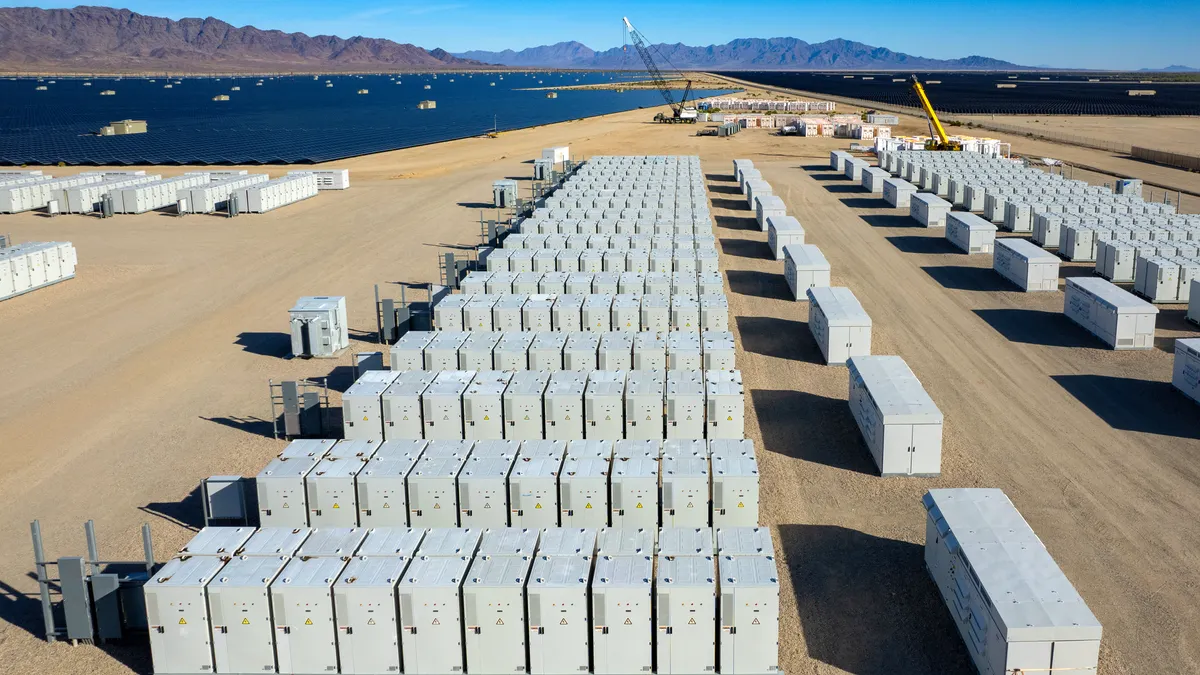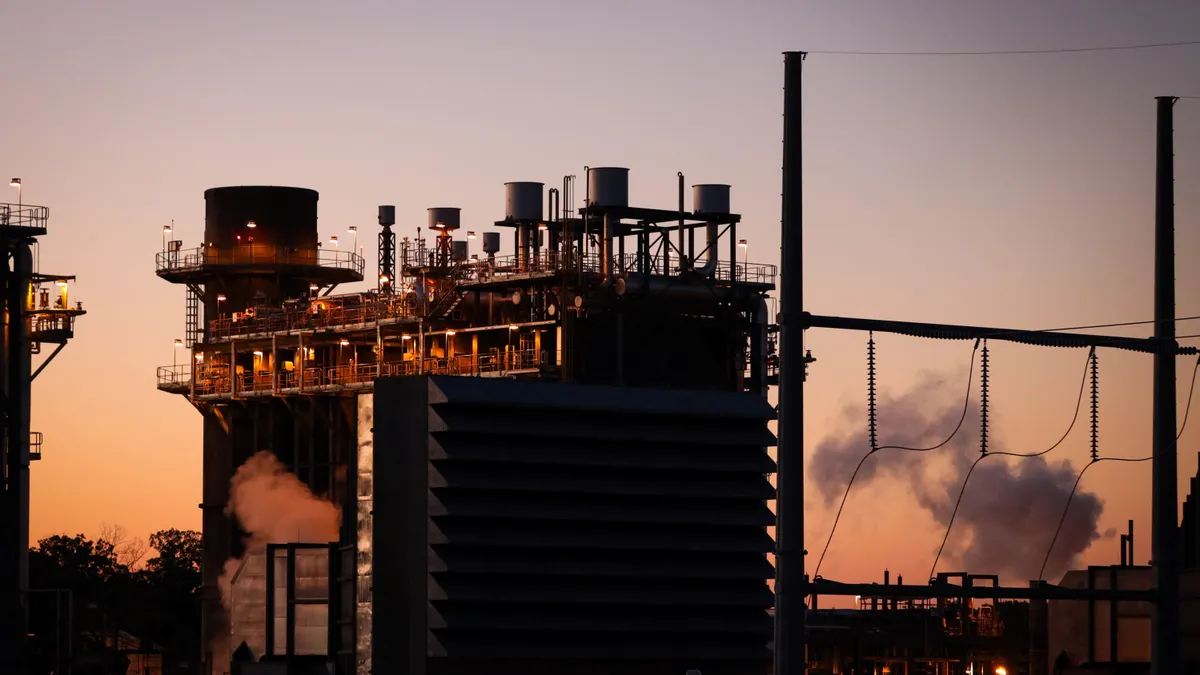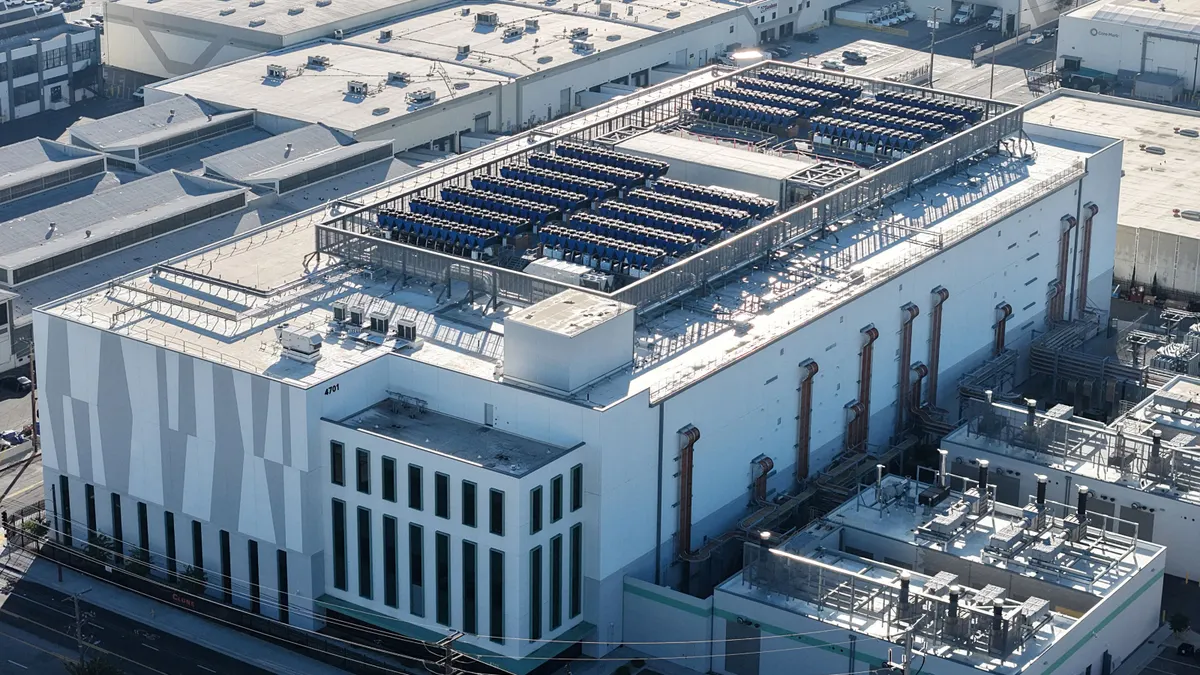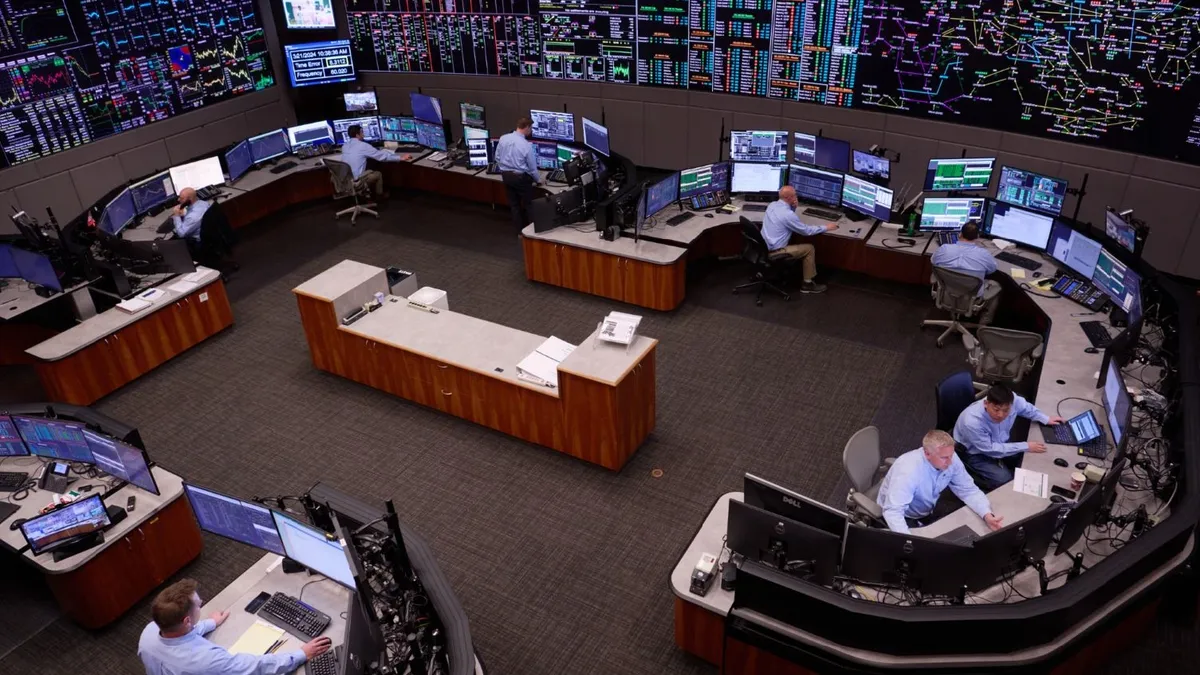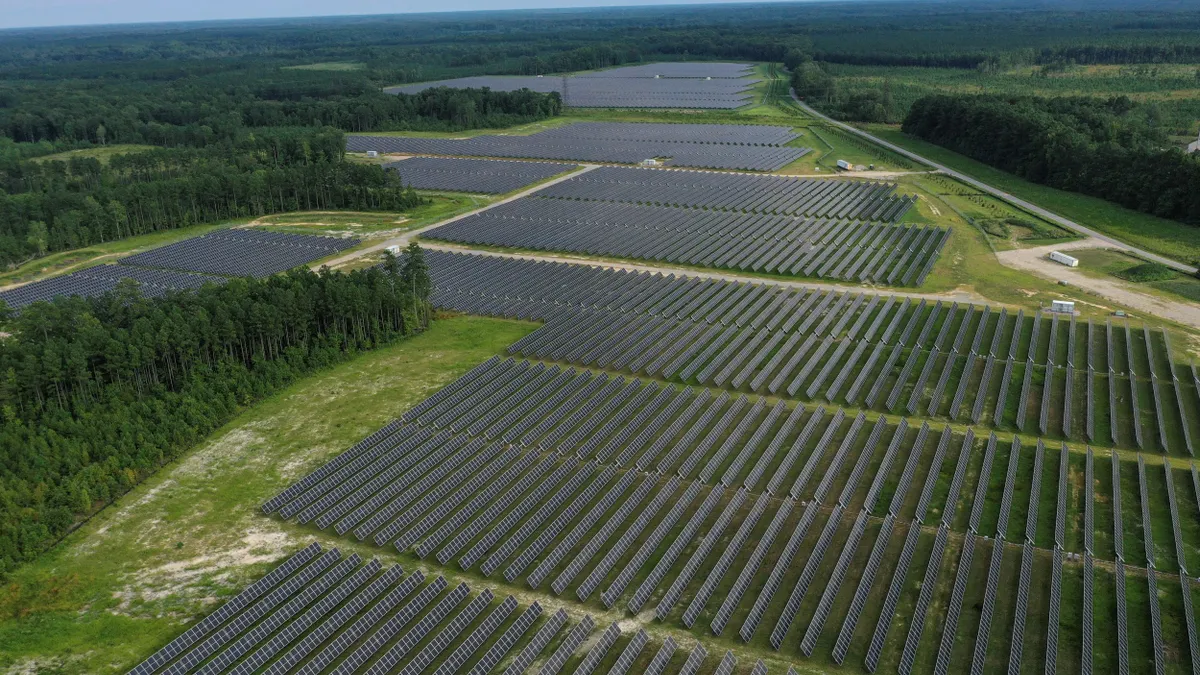Thomas Sisto is co-founder and CEO of XL Batteries.
Explosive growth in electricity demand is poised to consume any surplus that once was wasted. We all know what is coming: Forecasts expect data centers alone to increase their power consumption by 165% in 2030. At that point, 50 GW of the 100 GW of predicted new U.S. peak demand will come from data centers. Combined with broader “electrification of everything” policies and increasingly complex grid dynamics, this growth is triggering a seismic economic shift. Wasting power will soon become an unaffordable luxury of the past.
This shift demands a hard look at long-duration energy storage, or LDES, which will be critical for grid reliability and affordability as we integrate more renewables. The U.S. Department of Energy found that up to 460 GW of LDES capacity may be necessary by 2050.
Not all LDES technologies are created equal, however. Round-trip efficiency, or RTE, will be a key determinant of which technologies can deliver at the scale and cost we need and which ones will perpetuate the pattern of waste.
A dangerous misconception persists that renewable energy is sometimes wasted or is so cheap that RTE doesn't matter. This assumption ignores the true economics, which the data reveal. The industry must prioritize high-efficiency LDES technologies now to achieve both our climate goals and economic viability.
Scale redefines the efficiency equation
Here's what the efficiency skeptics miss: Scale changes everything. Losing 50% of the energy stored in a home battery system is inconvenient but manageable; a 50% loss of stored energy at the grid scale — amounting to gigawatt-hours of stored energy — is catastrophic. Consider the difference between a leaking glass of water and a leaking Hoover Dam: The sheer volume of the dam’s water amplifies the loss.
This becomes even more critical given that the U.S. power system already wastes more than 60% of primary energy during the conversion of fuel to electricity. Many emerging LDES technologies struggle to exceed 60% RTE, creating compounding energy losses just as we need maximum efficiency.
The numbers make it clear that LDES must scale up capacity by 2040 to meet decarbonization goals. At this magnitude, every percentage point of efficiency loss translates to massive infrastructure costs and environmental impact. This reality is reshaping which LDES technologies will be able to provide value.
DOE analysis finds that existing LDES technologies need significant RTE improvements by 2030 to attract sustained investment. To accelerate this shift, utilities and developers must make efficiency a primary evaluation criterion for procurement decisions and regulators need to incorporate RTE requirements into grid planning and resource adequacy standards. Early demonstration projects that showcase superior efficiency will create the performance benchmarks necessary to drive industrywide adoption.
For cost-effective grid decarbonization, DOE estimates that LDES must achieve a levelized cost of storage below $0.05/kWh. Given these economics, 70% RTE is emerging as the target for grid-scale LDES. Earlier studies suggesting 50% RTE would suffice now look dangerously inaccurate.
Low RTE creates two compounding problems: lost revenue from wasted energy and the cost of overbuilding renewable infrastructure to compensate. As LDES assets become ubiquitous, competition for charging will intensify, eliminating "free" energy.
The financial case for high-efficiency LDES
Transitioning the power grid by 2035 could cost as much as $740 billion in additional power system costs. Every inefficiency will force us to build more panels, more transmission lines and more materials, each carrying environmental and economic costs.
Overbuilding is not a sustainable solution. Overbuilding renewable generation to compensate for inefficient storage is economically and environmentally untenable. The costs of infrastructure, land acquisition, permitting, and maintenance compound when more generation is needed to offset storage losses.
In Texas, recent studies show the stark difference efficiency makes for project returns. A 5-MW, 12-hour battery with 75% RTE produces an internal rate of return of 68.7% with a 1.5-year payback period, while a 40% RTE system drops to a 36.7% internal rate of return.
Recent modeling by E3 demonstrates the potential scale of this impact. For both 12-hour and 24-hour duration batteries, deployment of high (75%) RTE LDES technology could save California power producers $11 billion in renewable generation overbuild compared with low (46%) RTE technologies.
These financial realities are reshaping investment decisions and technology choices across the energy storage industry. When project returns vary this dramatically, RTE becomes the deciding factor.
As extreme weather events become more frequent, massive data centers come online, and electrification progresses, we cannot afford to waste power. The days of tolerating and investing in low-efficiency grid storage are over.
LDES technologies combining safety, scalability, and high RTE will dominate the future, and those who recognize this shift early will be positioned to lead the next phase of the energy transition.


